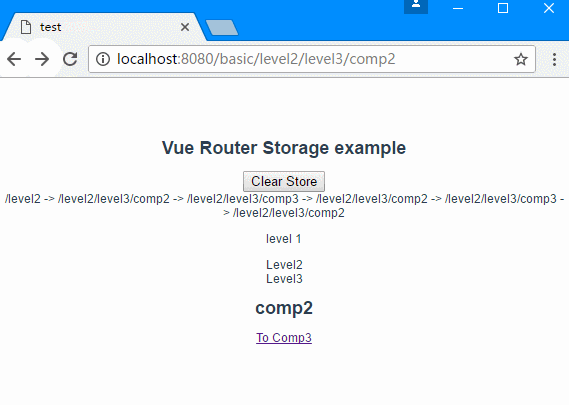


In most cases, the default of page should be the best fit. It must be one of the allowed values for aria-current (opens new window) in the ARIA spec. Type: 'page' | 'step' | 'location' | 'date' | 'time' | 'true' | 'false'Ĭonfigure the value of aria-current when the link is active with exact match. Note the default value can also be configured globally via the linkExactActiveClass router constructor option. Specify the event(s) that can trigger the link navigation.Ĭonfigure the active CSS class applied when the link is active with exact match. Note the default value can also be configured globally via the linkExactPathActiveClass router constructor option. If you don't, router-link will wrap its children in a span element.Ĭonfigure the active CSS class applied when the link is active with exact path match. When using the v-slot API, it is required to pass one single child to router-link. This is a more advanced API that primarily targets library authors but can come in handy for developers as well, most of the time in a custom component like a NavLink or other. Router-link exposes a low level customization through a scoped slot (opens new window). When you are using the base option in HTML5 history mode, you don't need to include it in to prop's URLs.In HTML5 history mode, router-link will intercept the click event so that the browser doesn't try to reload the page.It works the same way in both HTML5 history mode and hash mode, so if you ever decide to switch mode, or when the router falls back to hash mode in IE9, nothing needs to be changed.is preferred over hard-coded for the following reasons: In addition, the link automatically gets an active CSS class when the target route is active. It renders as an tag with correct href by default, but can be configured with the tag prop. The target location is specified with the to prop. Is the component for enabling user navigation in a router-enabled app.


 0 kommentar(er)
0 kommentar(er)
